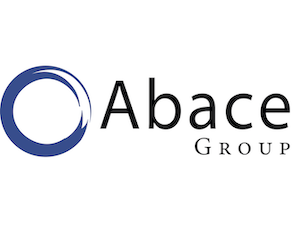HOW TO DISRUPT THROUGH INCREMENTAL CHANGES
We really think that after being involved in digital innovation projects for different corporation of all sizes and management styles, we are certain that: innovating as a hashtag(#) exercise puts your operations and ROI in danger. Here are a few things about how to disrupt if you are innovating within a big corporation:
1. EXTREME SELF-AWARENESS
For a data innovation project to succeed, you have to choose the right opportunity to tackle.
Big corporations used to only operating their business find difficult dealing with the uncertainty coming along with this kind of tasks and big step changes will no be favourably accepted.
For example, you cannot expect a big traditional airline to disrupt their fuel hedging legacy system as an introduction to digital transformation. Pick a smaller, safer part of the operations, study the ecosystem around it and make an incremental transformation happen.
Building trust with the C level stakeholders is key when moving towards a culture shift of this kind. When “selling innovation” make it super clear to them both the benefits but also the possible risks and how you plan to mitigate them.
2. THE TEAM IS MORE IMPORTANT THAN THE SOLUTION
At the end of the day, what matters is that the solution can be implemented and it works: reducing operational costs, increasing ROI or tapping into new revenue streams.
In the previous airline, the Engineering C Suite have decided to start a complex predictive maintenance initiative. They have appointed a high-performer middle manager with the task in a part-time role. Going anywhere?
To begin with, when performing the opportunity analysis pay attention which areas within your corporation encompass the skills of in-house founder. The required mind-set and skills for innovation are under-developed in a very operational-driven company, even for the highest-performers. It will be highly unlikely to find all these in just one individual.
Your innovation team need to be a combination of area experts, product managers, technical specialists and business enablers that bring the rest of the user and management ecosystem along and the project do not die after development stage.
3. CONTINUOUS IMPLEMENTATION
Developing following an agile methodology is important for a normal software product delivery. In the case of delivering to a big traditional corporate even more. It does not matter how accurate your solution is and how much the C-level decision maker is confident on the results, if the final user does not feel the owner and co-developer of the product, adoption will be impossible.
You have to bring along the user team in the journey. The way we do it in ABACE is through continuous delivery (like dolphins). During development:
- Firstly, we agree a small set of features at the beginning of a short sprint with a set of advocates within the user community.
- After each short sprint, a working piece of software will be delivered so these ‘super-users‘ test it. But this is mainly to engage with them, and have them spreading the word within the company.
- Periodically, we will contact the wider community of final users. Sessions will be organised to gather their feedback and educate them in the new way operations are going to evolve.
By doing this, we will avoid whale-delivery situations. The final user team will be engaged and feeling ownership of the solution. As a result, the product is going to get traction and a successful implementation, achieved.



